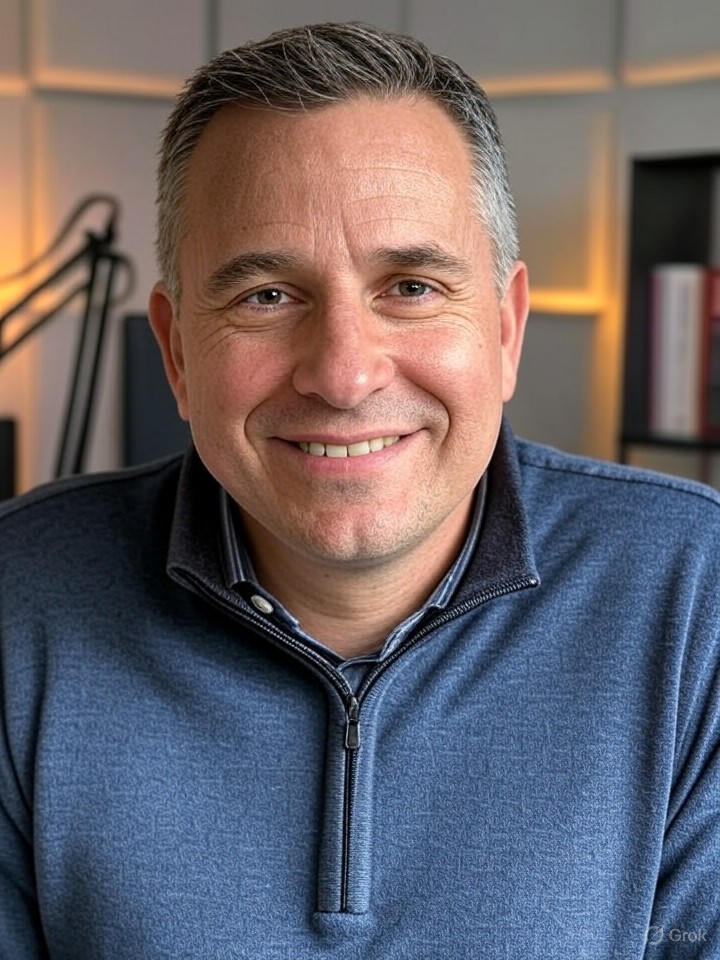The Shift from Audio Purity to Video Dominance
The podcasting industry, once defined by gripping audio narratives like “Serial,” is undergoing a profound transformation. Traditional audio-only formats that captivated millions a decade ago are now facing declining listenership and financial pressures. Creators who built their empires on pure sound are struggling to adapt, as audiences increasingly demand visual elements that enhance engagement. This evolution marks the end of an era where podcasts were consumed in the background, during commutes or workouts, and signals a pivot toward multimedia experiences that blend audio with video.
Recent restructurings at major players underscore this change. Amazon’s Wondery, for instance, has streamlined its operations, cutting back on high-cost audio series while investing heavily in video-centric content. This move reflects broader industry headwinds, where advertising revenue for traditional podcasts has plateaued amid economic uncertainties. Yet, amid these challenges, optimism brews for a resurgence driven by innovative formats.
A New Gold Rush Fueled by Visual Innovation
Industry analysts point to video as the catalyst for what could be podcasting’s next boom. Platforms like YouTube are becoming the go-to destinations for podcasters, where long-form interviews and discussions are clipped into shareable shorts that amass millions of views. For example, shows like Club Shay Shay have garnered over 528 million views in a single year, far outpacing traditional media outlets. This shift is not just about visibility; it’s reshaping monetization strategies, with creators leveraging video to attract sponsorships and direct fan support.
According to a recent report from Bloomberg, the rise of video-centric podcasting is poised to usher in a new wave of series and lucrative deals. While audio purists lament the dilution of the medium, executives argue that video integration expands reach, particularly among younger demographics who consume content on social platforms. Posts on X highlight this sentiment, with users noting how politicians and celebrities now prefer podcasts over legacy TV interviews, citing unfiltered conversations as a key draw.
Educational Content Emerges as a Powerhouse Genre
Beyond video, genre trends are evolving rapidly. Educational podcasts have surged to the forefront, surpassing staples like sports and news in popularity. Data from Podsqueeze reveals that 88% of listeners tune in to gain new knowledge, up from 74% in 2019, driven by an audience where 61% hold advanced degrees. This blend of education and entertainment—think hybrid shows that inform while captivating— is filling a void left by declining trust in traditional media.
Market projections reinforce this growth trajectory. The global podcasting market, valued at $35.7 billion in 2025, is expected to reach $144.5 billion by 2035, growing at a 15% compound annual rate, per Future Market Insights. Advertising within the sector is also booming, with the podcast ad market forecasted to hit significant milestones by 2033 at a 12.57% CAGR, as detailed in reports from UnivDatos. These figures suggest that while traditional audio faces contraction, niches like educational and video-enhanced content are ripe for investment.
Monetization Challenges and Opportunities in a Fragmented Market
However, not all is rosy. The industry grapples with attention fatigue, as echoed in X posts where users observe declining views for repetitive formats featuring the same guests. Legacy media’s encroachment—think CNN’s audience plummeting 56% in a year while podcasters like Joe Rogan draw 11 million per episode—highlights a decentralization of power. This has led to a boom-bust cycle, with celebrity deals giving way to more sustainable, creator-driven models.
To navigate this, insiders recommend originality and trust-building. Forbes Council insights emphasize emerging trends like B2B podcasting, which is pivotal in marketing strategies, with explosive growth in investments. Edison Research data from the UK shows 51% monthly podcast consumption, with smart TV integration opening new advertiser avenues. As one X user noted, the podcast “golden era” may be waning due to corporate infiltration, yet this could foster innovation.
Looking Ahead: Sustainability and the Creator Economy
The future hinges on balancing craft with commercial viability. Veterans like Ira Glass, as quoted in a 2023 Vanity Fair piece, urge focusing on quality over trends. Still, with video tying into the creator economy, podcasting is set for reinvention. Wondery’s pivot, as analyzed in Bloomberg, exemplifies how tying investments to visual formats could spark a new gold rush, potentially eclipsing the Serial heyday.
For industry insiders, the key is adaptation: embracing video without abandoning audio’s intimacy, capitalizing on educational demands, and innovating monetization amid fragmentation. As global platforms like Netflix intensify competition, per X discussions on 2025 content forecasts, podcasters who evolve will thrive in this dynamic arena, turning challenges into opportunities for sustained growth.




 WebProNews is an iEntry Publication
WebProNews is an iEntry Publication